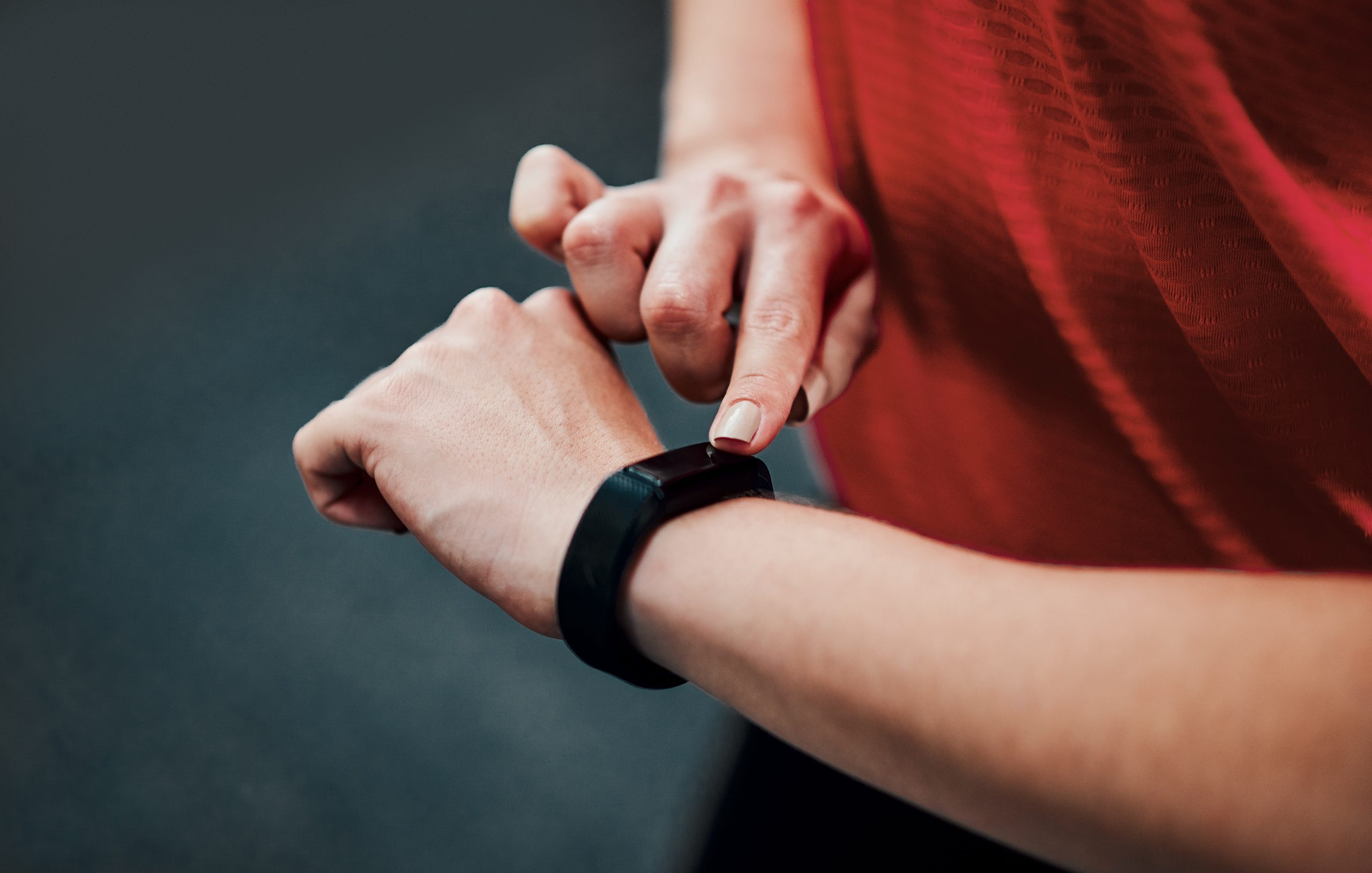With so many fitness trackers on the market, choosing the right one for your needs can be overwhelming. Whether you’re aiming to improve your overall fitness, monitor your heart health, or simply stay motivated throughout the day, the right fitness tracker can make a significant difference. By understanding your fitness goals, evaluating key features, and considering your lifestyle, you can find the perfect tracker to help you stay on track. Here’s a guide to help you choose the right fitness tracker for your needs.
1. Identify Your Fitness Goals
The first step in choosing the right fitness tracker is to clearly define your fitness goals. Are you trying to increase your daily activity levels, train for a marathon, or monitor your sleep patterns? Different trackers offer various features, so understanding what you need will help you narrow down your options.
- For casual fitness: If you’re looking to track steps, calories burned, and general activity, a basic fitness tracker with pedometer features will be sufficient.
- For runners and athletes: If you’re training for a specific event, such as a race, you may need advanced features like GPS tracking for running routes, heart rate monitoring, and VO2 max for cardio fitness.
- For heart health: If monitoring your heart health is a priority, look for trackers with continuous heart rate monitoring and features like ECG (electrocardiogram) capabilities to detect irregular heartbeats.
- For sleep tracking: If better sleep is one of your goals, you’ll want a tracker with sleep analysis that monitors sleep stages and offers insights into sleep quality.
Tip: Prioritize the features that align with your specific goals to avoid overpaying for functions you may not need.
2. Consider Compatibility with Your Devices
Before purchasing a fitness tracker, make sure it’s compatible with your smartphone or other devices. Most fitness trackers sync with your phone through Bluetooth and work with specific apps that help you analyze and store your data. Check the app compatibility for both Android and iOS to ensure the fitness tracker will integrate seamlessly with your device.
Additionally, some fitness trackers can sync with other health apps like MyFitnessPal, Strava, or Google Fit, making it easier to manage your fitness data in one place.
Tip: If you use other wearable devices, such as a smartwatch, check if your fitness tracker can pair with them to avoid carrying multiple gadgets.
3. Look for Key Features
Fitness trackers come with a wide range of features, from basic to advanced. To get the most out of your fitness tracker, evaluate the features that are most important for your fitness journey:
- Step and activity tracking: Most fitness trackers count steps, calories, and active minutes throughout the day.
- Heart rate monitoring: A built-in heart rate monitor tracks your heart rate in real-time and can provide insights into your cardio health.
- GPS: For outdoor activities like running, hiking, or cycling, GPS tracking is essential for recording distance and mapping your routes.
- Water resistance: If you plan to wear your tracker while swimming or exercising in wet conditions, look for a water-resistant model.
- Sleep tracking: Many fitness trackers can monitor your sleep patterns, offering insights into your sleep quality and duration.
Tip: If you’re an athlete or fitness enthusiast, you may want advanced features like VO2 max, stress tracking, or ECG monitoring for more detailed health insights.
4. Battery Life
Another critical factor to consider is the battery life of the fitness tracker. Some trackers need to be charged every day, while others can last up to a week or more on a single charge. Consider your lifestyle and how often you’re willing to recharge the device.
- Daily charging: Trackers with advanced features like GPS, continuous heart rate monitoring, or bright touchscreen displays often require daily charging.
- Longer battery life: If you prefer not to charge your device frequently, look for a model with a longer battery life, though it may come with fewer advanced features.
Tip: If you’re planning to use GPS frequently or monitor your heart rate continuously, choose a tracker with a longer battery life or quick-charge capabilities to avoid interruptions in your fitness routine.
5. Design and Comfort
Since you’ll likely be wearing your fitness tracker throughout the day, comfort and design are important considerations. Fitness trackers come in various styles, from sleek, minimalist designs to larger, feature-rich models.
- Fit and feel: Ensure the fitness tracker is lightweight and comfortable to wear, especially if you plan to wear it while sleeping or during workouts.
- Customizable bands: Some fitness trackers allow you to switch out the bands, giving you more flexibility to match your tracker with your outfit or personal style.
Tip: Consider a model that blends style and functionality if you plan to wear the tracker outside of workouts, like in a work or social setting.
6. Budget
Fitness trackers come in a wide range of prices, so it’s important to set a budget before you start shopping. While high-end models offer a variety of advanced features, you don’t need to spend a fortune to get a functional and effective tracker.
- Basic models: If you’re looking for step tracking and basic fitness features, you can find models starting around $50–$100.
- Mid-range models: For more advanced tracking, heart rate monitoring, and GPS, prices typically range from $150–$300.
- High-end models: Premium models with ECG monitoring, stress tracking, and custom features can go upwards of $300.
Tip: Choose a fitness tracker that meets your needs without paying for features you won’t use. There are excellent options at every price point.
